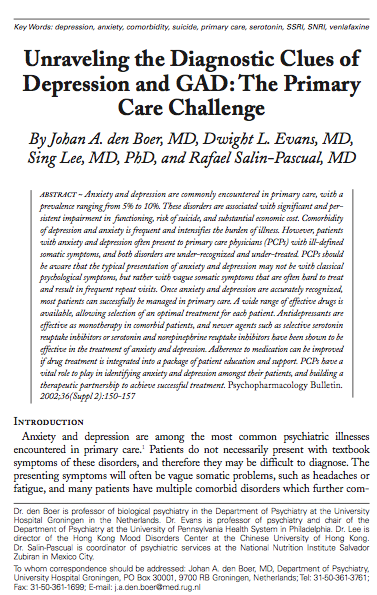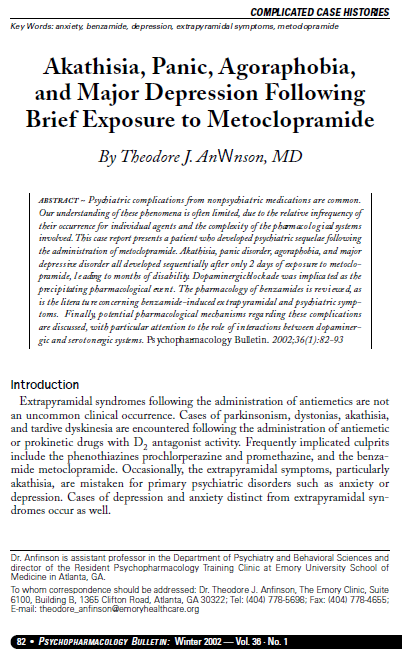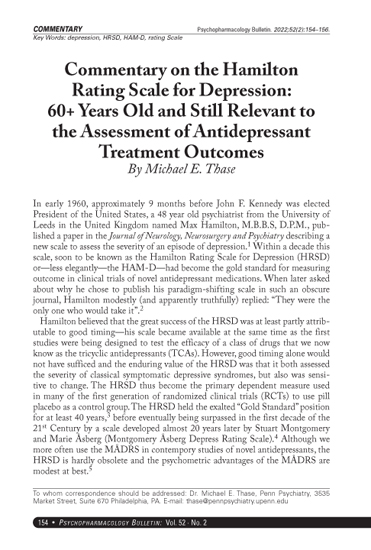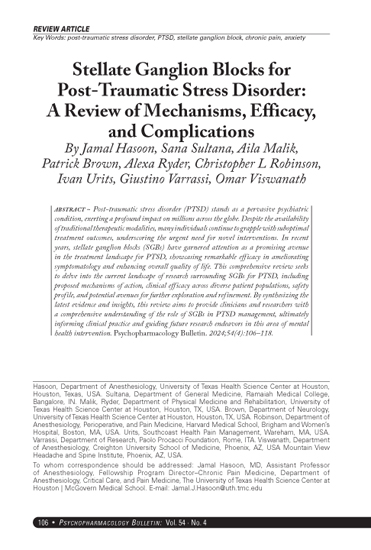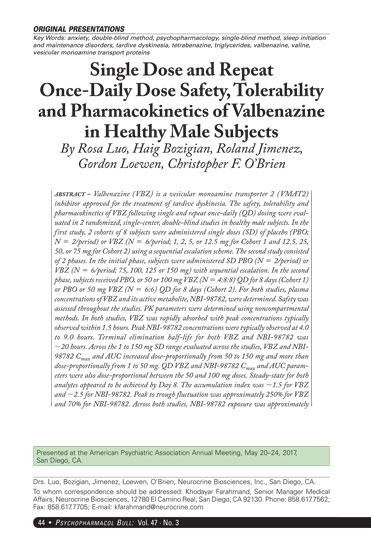Anxiety
Anxiety disorders include disorders that share features of excessive fear and anxiety and related behavioral disturbances. Fear is the emotional response to real or perceived imminent threat, whereas anxiety is anticipation of future threat. Obviously, these two states overlap, but they also differ, with fear more often associated with surges of autonomic arousal necessary for fight or flight, thoughts of immediate danger, and escape behaviors, and anxiety more often associated with muscle tension and vigilance in preparation for future danger and cautious or avoidant behaviors. Sometimes the level of fear or anxiety is reduced by pervasive avoidance behaviors. Panic attacks feature prominently within the anxiety disorders as a particular type of fear response. Panic attacks are not limited to anxiety disorders but rather can be seen in other mental disorders as well.
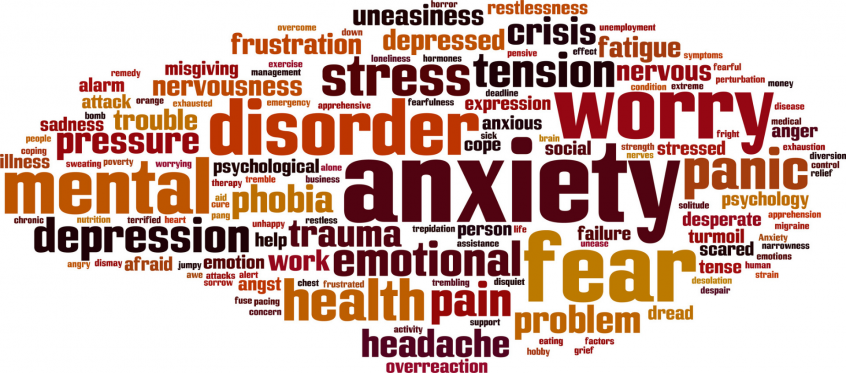
TYPES OF ANXIETY
Separation Anxiety Disorder | Selective Mutism | Specific Phobia | Social Anxiety Disorder (Social Phobia) | Panic Disorder | Panic Attack Specifier | Agoraphobia | Generalized Anxiety Disorder | Substance/Medication-Induced Anxiety Disorder | Anxiety Disorder Due to Another Medical Condition | Other Specified Anxiety Disorder | Unspecified Anxiety Disorder
The data indicate that the anxiety disorders share self-reported symptoms of anxiety and fear; heightened anxiety and fear responding to cues that signal threat, cues that signal no threat, cues that formerly signaled threat, and contexts associated with threat; elevated stress reactivity to aversive stimuli; attentional biases to threat-relevant stimuli and threat-based appraisals of ambiguous stimuli; and elevated amygdala responses to threat-relevant stimuli. Some differences exist among anxiety disorders, and between anxiety disorders and depressive disorders. However, the differences are not fully consistent with proposed subdivisions of fear disorders vs. anxious misery disorders, and comparative data in large part are lacking. Given the high rates of co-morbidity, advances in our understanding of the features of responding that are shared across vs. unique to anxiety and depressive disorders will require dimensional approaches. In summary, the extant data help to define the features of responding that are shared across anxiety disorders, but are insufficient to justify revisions to the DSM nosology at this time.



